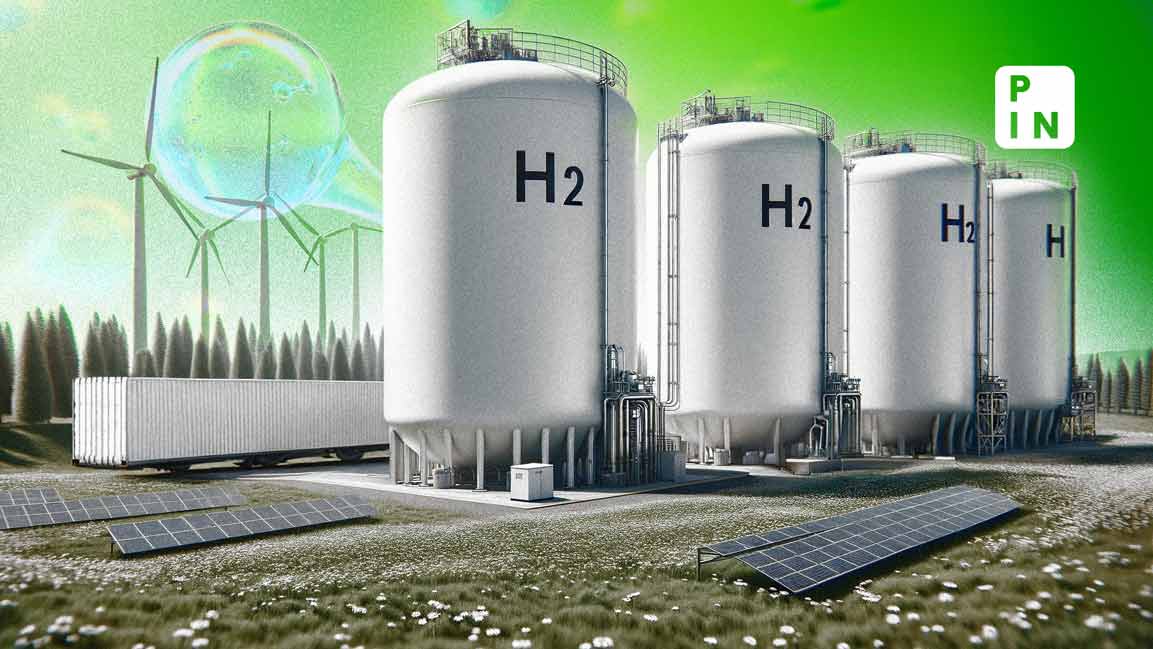- | 2:00 pm
Green hydrogen push in India may draw $125 billion by 2030
Growing focus on sustainability, commercial viability, use cases and regulatory push are factors that will help drive growth, Avendus Capital report says

The green hydrogen value chain in the country can attract cumulative investments to the tune of $125 billion by 2030, Avendus Capital said in a report.
The increasing focus on sustainability, commercial viability, ever-expanding use cases and a strong regulatory push are the factors that will help drive growth in investments, the report, titled ‘Green Hydrogen-The Next Frontier in Energy Transition’, said.
With India’s ability to produce green hydrogen at a competitive cost, the first set of standalone and integrated participants have emerged and early-stage investment risks are likely to be short-lived as the sector is already at an inflection point, the report said.
“Energy transition investments have spiraled in recent years, emblematic of a paradigm shift towards a cleaner and greener future,” Avendus managing director and head of infrastructure and real assets Prateek Jhawar and director Akhil Dokania said in the report.
Increased focus on multipronged decarbonization approach has put the focus on green hydrogen, which has the potential to cater across the energy value chain, Jhawar and Dokania added in the report.
Fuel of the future
Hydrogen is touted as the fuel of the future, with huge research and devlopment investments in establishing commercial viability of hydrogen in transport, power, aviation, shipping and other industrial uses.
Currently, hydrogen use is limited to the fertilizer industry in the production of ammonia/urea, industrial heating, refineries and iron smelting.
To be sure, renewable energy sources such as solar, wind, hydroelectric, or a combination thereof, are used to power electrolyzes that split water into hydrogen and oxygen to produce green hydrogen.
The green hydrogen produced can then be combined with nitrogen extracted from the air to produce green ammonia.
Green ammonia economy
Given that ammonia is easier to liquefy than hydrogen and can be transported and stored using existing infrastructure, it offers a practical solution to some of the challenges facing the hydrogen economy.
Green ammonia is a form of ammonia produced in a way that emits little to no carbon dioxide, making it a more environmentally friendly alternative to traditional ammonia production methods.
Green ammonia can be used as a sustainable fertilizer in agriculture, a cleaner alternative fuel for power generation and transportation, and as a medium for hydrogen storage and transport.
The Avendus report pointed out the logistical and cost-related challenges of transporting hydrogen, highlighting ammonia as a preferable hydrogen carrier for long-distance transport.
In this context, ammonia plants have been situated near India’s ports to ease exports. This setup leverages ammonia’s easier liquefaction and transport properties, offering a practical solution for global hydrogen distribution, the report added.
A breakup of the investments
Giving a breakup of the potential investment avenues, the Avendus Capital report said electrolyzer manufacturing technology will require $5 billion in investments until 2030, followed by $80 billion for renewable energy installations dedicated to produce green hydrogen and green ammonia.
An additional $30 billion will be needed to set up gas plants to produce green hydrogen and a further $10 billion for gas plants for green ammonia.
The production cost of green hydrogen has plummeted by about 40% in the past eight years.
The Indian government has announced production-linked incentives to the tune of $1.6 billion to bolster green hydrogen production and another $530 million to boost local electrolyzer manufacturing.
Various companies, including Om Green, Reliance New Energy, Adani Renewables, Acme, Hygenco and Welspun have stepped in to take advantage of the incentive schemes and boost green hydrogen capacity.













